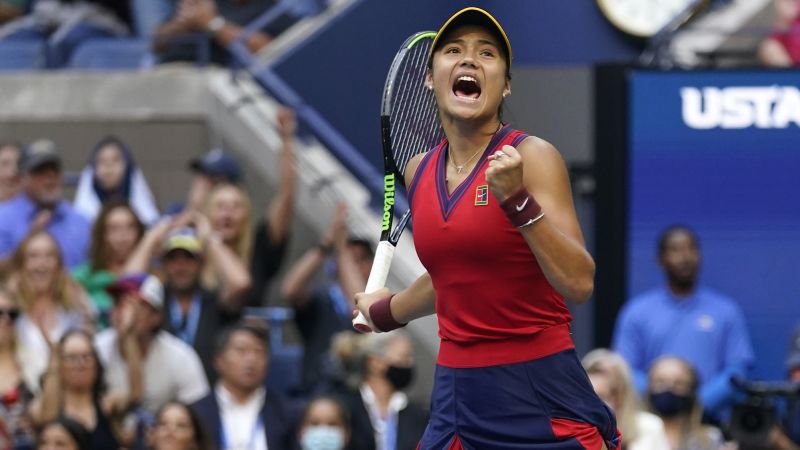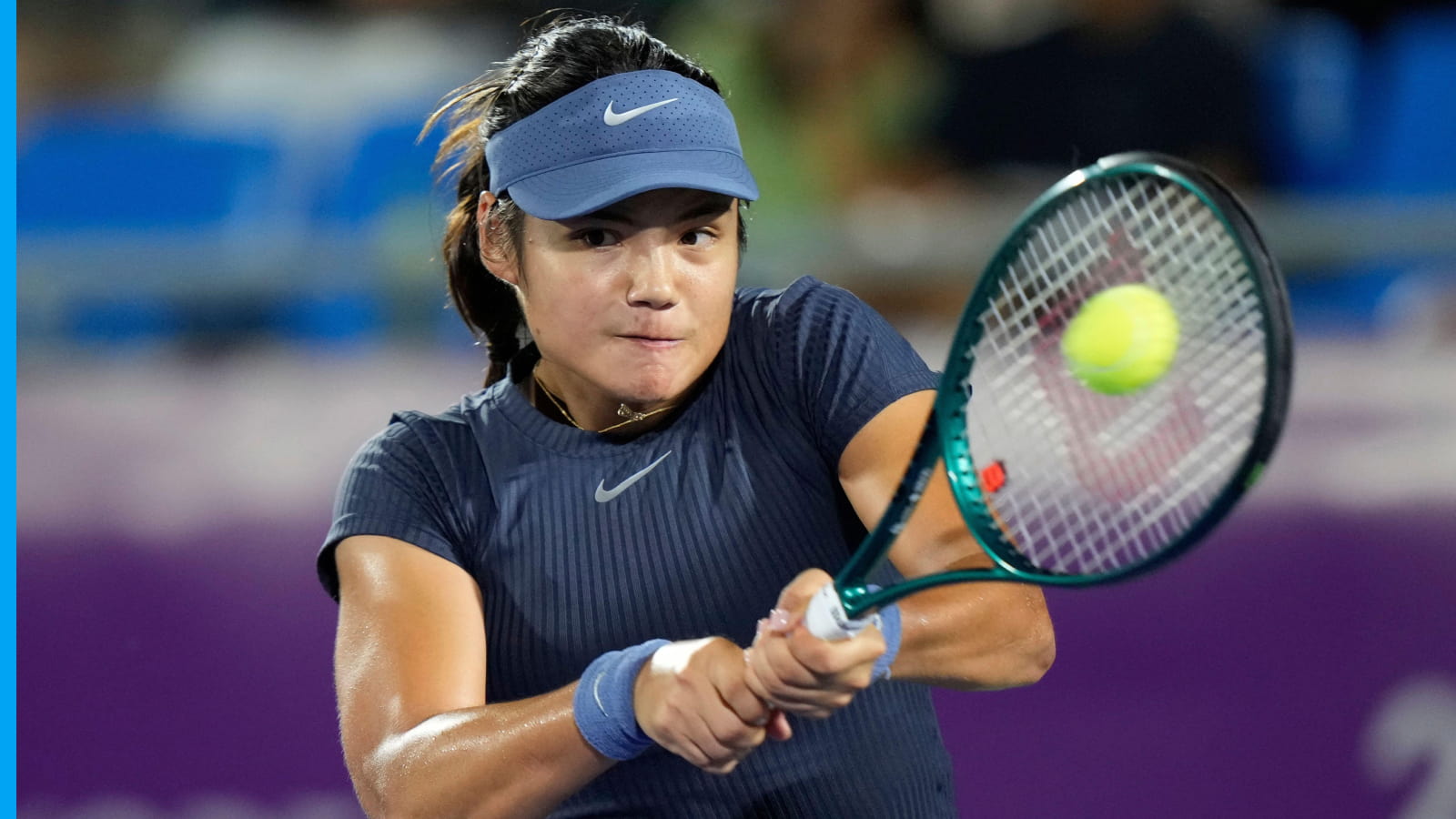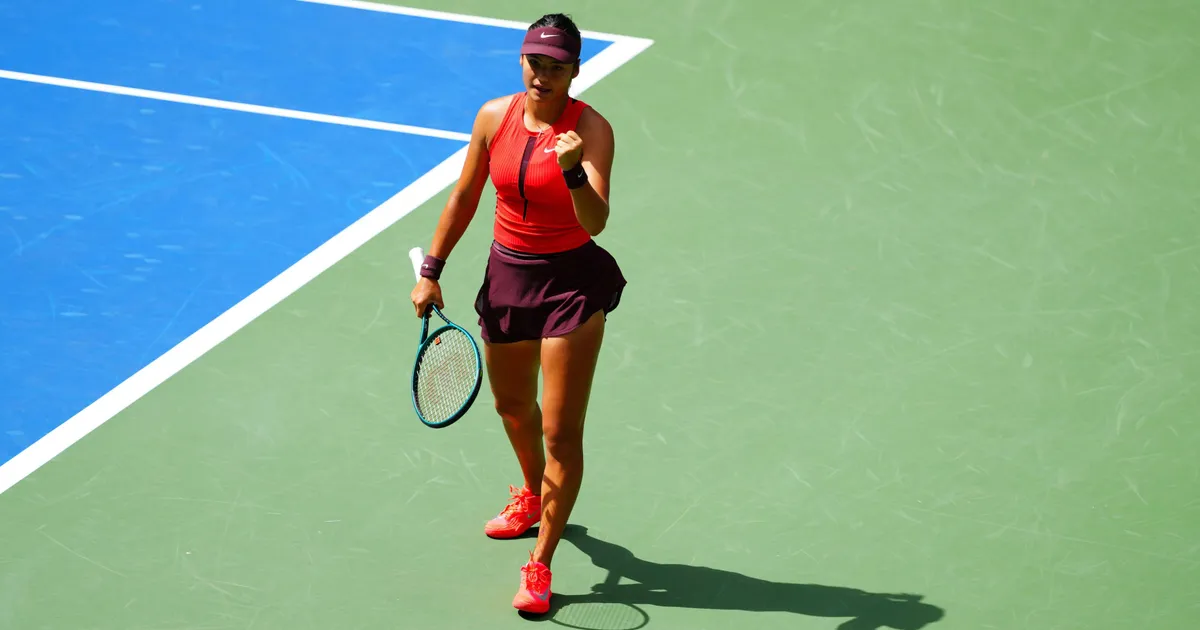One might glance at the scoreline of Emma Raducanu’s 6-3, 6-3 victory over Cristina Bucșa, the world No 67, and put it down as a routine win over a relatively low-profile opponent.
Yet the experience of watching this second-round match from the China Open was very different, because Raducanu was pushed from side to side by Bucșa’s thunderous baseline game. She had to fend off six break points in the opening set, and regularly saw balls flying past her at high speed.
The way that Raducanu handled Bucșa’s assault – which included 28 clean winners – was hugely impressive. She leaned heavily on her serve, landing six aces, and waited for her moments to attack. These generally came on Bucșa’s second serve, which was the one glaring weakness on show.
As soon as Bucșa missed her first serve, you could almost see her shoulders slump. The slower second delivery was a sitting duck for Raducanu’s scorching returns, which regularly fizzed through the court and landed just a foot or two inside the baseline.
Of 18 points played on Bucșa’s second serve, Raducanu won 15 of them.
It was a high-class performance, and felt all the more encouraging because Raducanu’s last match had seen her suffer such a soul-destroying loss to Barbora Krejcikova at the Korean Open. She had held three match points in that one before Krejcikova performed one of her patented escape acts.
Indeed, Raducanu’s whole week in Seoul had been unusual. She suffered
a tearful moment in her opening match against Jaqueline Cristian before the bitter pill of that reversal of fortune against Krejcikova.
She referred briefly to the challenges of that quick turnaround in her on-court interview after the Bucșa match, saying: “This is my first time here in China, so very happy to have got through it, and after a tough one last week, to come back and bounce back.”
In Beijing, Raducanu was accompanied not only by her new coach Francis Roig but by her mother Renee. She looked thoroughly comfortable throughout this 97-minute win, which will improve her chances of securing a seeding at January’s Australian Open.
There was plenty to admire, from Raducanu’s fleet-footed movement to the way she committed to her serves and returns. She generally came off second best once an extended rally had started, such was Bucșa’s firepower from the baseline, but she snatched so many short points that she usually seemed in control.
Roig has clearly been working on those key strokes with her, and her ball-speeds look to have climbed as a result.
She also continues to use her slice with more purpose, once coming in to the net behind a lethal little chop which commentator Colin Fleming suggested felt like a throwback to 1992 and the era of the serve-volleyers.

 edition.cnn.com
edition.cnn.com



:focal(1330x482:1332x480)/origin-imgresizer.tntsports.io/2025/09/21/image-d604d8ce-9a66-48d7-a117-8f067c1c4481-85-2560-1440.jpeg)





